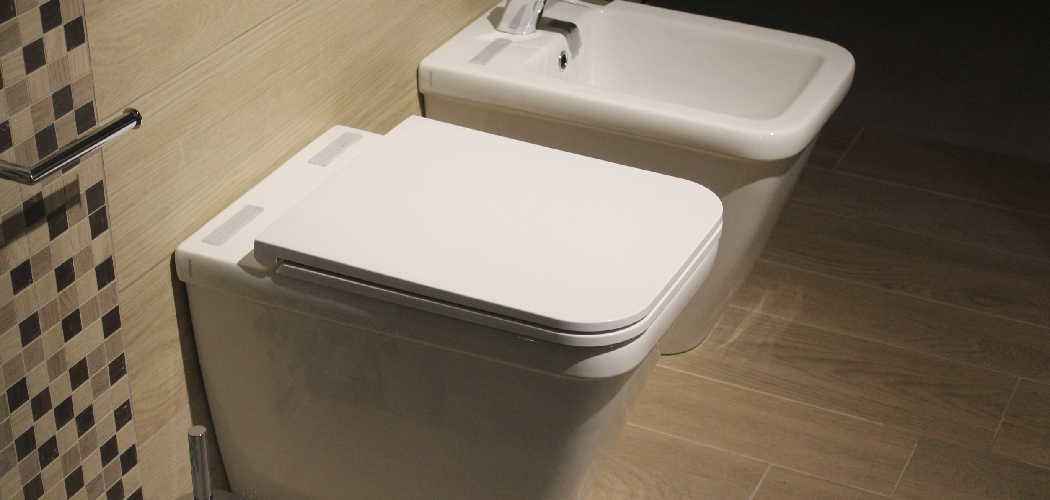Removing a bidet from a toilet can seem like a daunting task, but with the right tools and steps, it’s a straightforward process. Whether you’re replacing an old bidet, making repairs, or simply reverting to a standard toilet setup, this guide
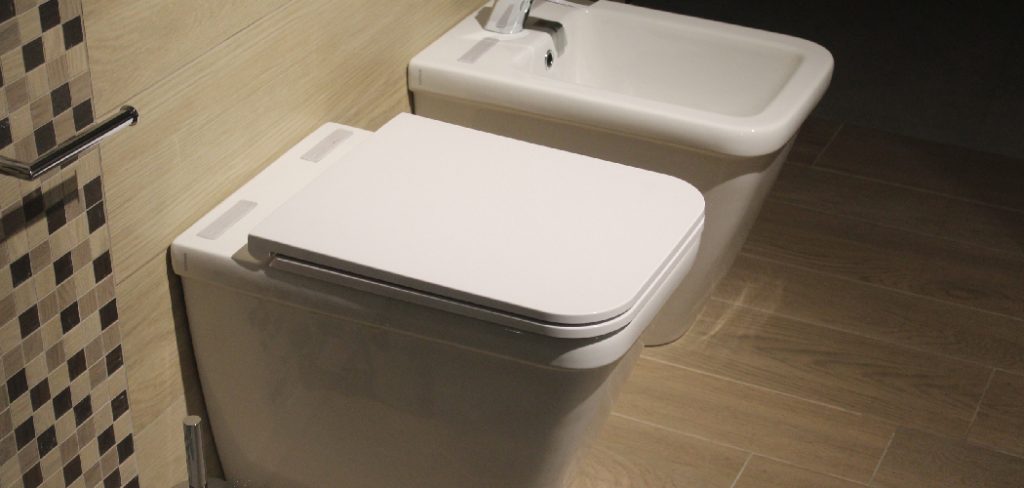
will walk you through the necessary steps of how to remove a bidet from toilet safely and efficiently. Before starting, make sure you have the required tools on hand and prepare for some basic plumbing work.
Common Reasons for Removing a Bidet
There are several reasons why someone might choose to remove a bidet from their toilet setup. One common reason is the need to replace an old or malfunctioning bidet with a newer, more efficient model. Over time, components such as nozzles, hoses, or electronic parts can wear out, leading to decreased functionality. Another reason could be a change in preference or bathroom aesthetic. Homeowners may opt to revert to a standard toilet setup to create a cleaner look or free up space.
Additionally, some people may find a bidet impractical due to limited use or personal hygiene preferences. Lastly, if a home is being sold or rented, removing a bidet may be a way to make the bathroom setup more universally appealing to potential buyers or tenants. Understanding these motivations can help guide the removal process effectively.
Tools and Materials Needed
Before starting the removal process, gather the following tools and materials to ensure a smooth and efficient task:
- Adjustable Wrench – For loosening and detaching the connection fittings.
- Screwdriver (Flathead or Phillips) – To remove screws securing the bidet to the toilet or mounting plate.
- Towel or Small Bucket – To catch and clean up any water that may spill during the process.
- Plumber’s Tape – Useful for resealing connections if reinstalling parts afterward.
- Cleaning Supplies – Such as disinfectant wipes or a cloth to clean the area after removal.
- Gloves – To protect your hands while handling plumbing parts and cleaning up.
Having these tools and materials prepared in advance will help streamline the process and avoid unnecessary delays.
10 Methods How to Remove a Bidet from Toilet
1. Standard Unscrewing and Disconnection Method
The most common way to remove a bidet from a toilet is by manually unscrewing the bolts and disconnecting the water supply. Start by shutting off the water valve located near the toilet and flushing to remove excess water from the tank.

Then, locate the mounting bolts under the bidet attachment or seat and use a screwdriver or wrench to loosen them. Carefully lift the bidet off the toilet, ensuring you don’t damage the porcelain. Lastly, remove the water supply hose connected to the bidet, wiping up any excess water with a towel.
2. Quick-Release Button for Bidet Seats
Many modern bidet seats come with a quick-release button, making removal easier than traditional methods. To use this feature, locate the button on the side or back of the bidet seat. Press and hold the button while sliding the seat forward. This should detach the seat from its mounting plate without needing to remove screws or bolts. Once detached, disconnect the water supply, and the bidet seat is fully removed. This method is ideal for newer electronic bidets that are designed for easy maintenance.
3. Using a Wrench for Stubborn Bolts
If the bidet is held in place by stubborn or rusted bolts, a wrench can provide extra torque to loosen them. Start by applying penetrating oil (like WD-40) to the bolts and letting it sit for a few minutes. Then, use an adjustable wrench to turn the bolts counterclockwise. If the bolts are too tight, gently tap the wrench handle with a rubber mallet for added force. Be cautious not to apply excessive pressure, as this can crack the toilet’s porcelain.
4. Removing a Standalone Bidet
If you’re dealing with a standalone bidet (separate from the toilet), the process is slightly more involved. First, turn off the main water supply to the bidet and disconnect the water hoses from the wall valves. Use a wrench to loosen any nuts securing the bidet to the floor. Some standalone bidets are also sealed with caulk, which will need to be cut with a utility knife. Once all connections are removed, carefully lift the bidet from the floor and dispose of or store it as needed.
5. Disconnecting an Electronic Bidet with Power Supply
Electronic bidets have an added step due to their electrical components. Before removing an electronic bidet, unplug it from the power outlet. If the power cord is secured with clips or brackets, detach them first. Once the electricity is safely
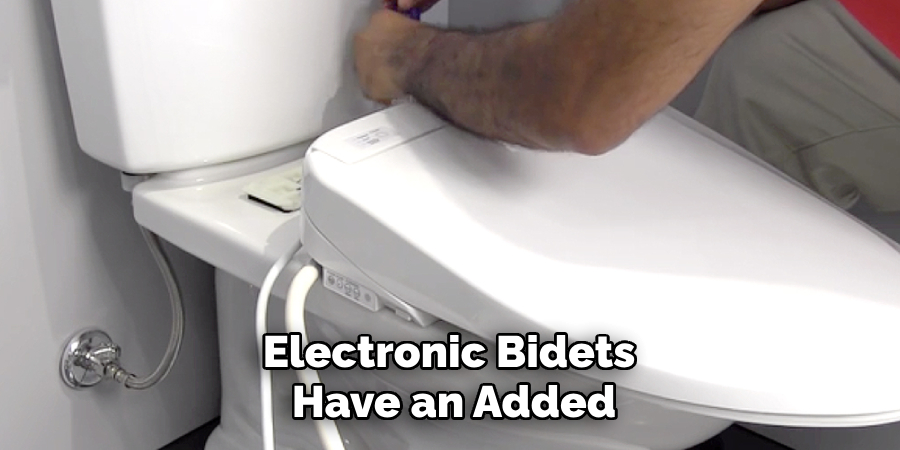
disconnected, turn off the water supply and proceed with unbolting the seat or attachment. Carefully handle the unit, as electronic bidets have delicate wiring that can be damaged if dropped.
6. Cutting a Stuck Water Hose
Sometimes, the water hose connecting the bidet to the toilet may become stuck due to mineral buildup or corrosion. If you’re unable to unscrew it by hand or with a wrench, use a pipe cutter or utility knife to cut through the hose near the bidet connection. Be careful to avoid damaging surrounding components. Once cut, install a new water supply line or a cap if the bidet is not being replaced.
7. Breaking a Sealed Bidet Mount with a Putty Knife
Certain bidet attachments are installed with adhesive or silicone sealant to prevent movement. If the bidet doesn’t come off easily after removing the bolts, use a putty knife to break the seal. Insert the putty knife under the bidet mount and gently pry it upward. If the adhesive is strong, applying heat with a hairdryer can soften it, making removal easier. Once the bidet is detached, clean any remaining residue with a mild adhesive remover.
8. Using Pliers for Plastic Mounting Nuts
Some bidet attachments and seats are secured with plastic mounting nuts that can be difficult to remove by hand. If they
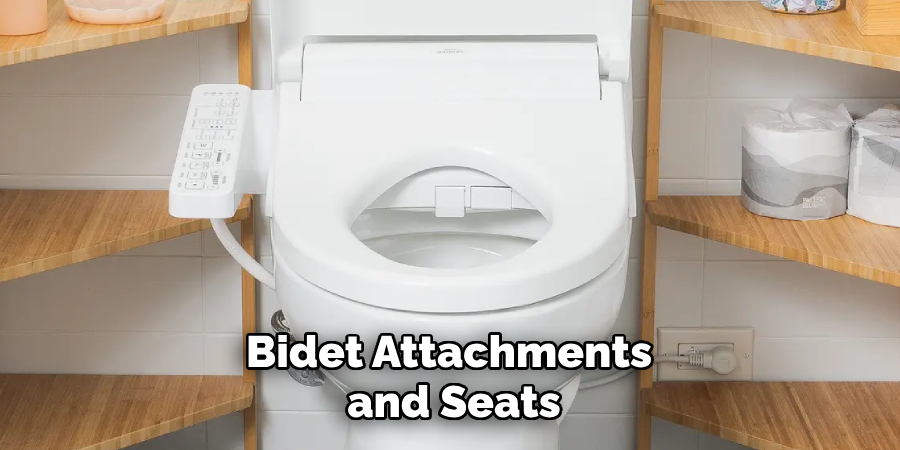
are too tight, use pliers to grip and turn the nuts counterclockwise. Be cautious not to overtighten or squeeze too hard, as plastic nuts can crack under pressure. If the plastic is brittle and breaks, carefully remove any remaining pieces with needle-nose pliers before installing a replacement toilet seat
9. Detaching a Bidet Spray Hose from the T-Valve
Bidet sprayers (handheld bidets) are attached to the toilet’s water supply via a T-valve. To remove the sprayer, first turn off the water supply and unscrew the T-valve from the toilet’s fill valve. Next, disconnect the bidet hose from the T-valve. If you plan to stop using the bidet, replace the T-valve with a standard fill valve connector to restore the toilet’s original plumbing setup. This method is best for users who want to revert their toilet to a traditional configuration.
10. Hiring a Professional for Complex Installations
If you encounter complications such as inaccessible bolts, damaged plumbing, or a uniquely installed bidet system, it may be best to call a professional plumber.
Some bidet installations involve customized piping or electrical work, which can be challenging for DIY removal. A plumber will have the necessary tools and expertise to safely remove the bidet without causing damage to the toilet or surrounding fixtures. While this option comes with a cost, it ensures the job is done correctly, especially for high-end or complex bidet models.
Troubleshooting Common Issues
Stuck Bolts or Nuts
If bolts or nuts are difficult to remove due to rust or mineral buildup, apply a penetrating oil like WD-40 and allow it to sit for 10-15 minutes. Use a wrench or pliers for extra leverage, and if necessary, gently tap the tool with a rubber mallet to
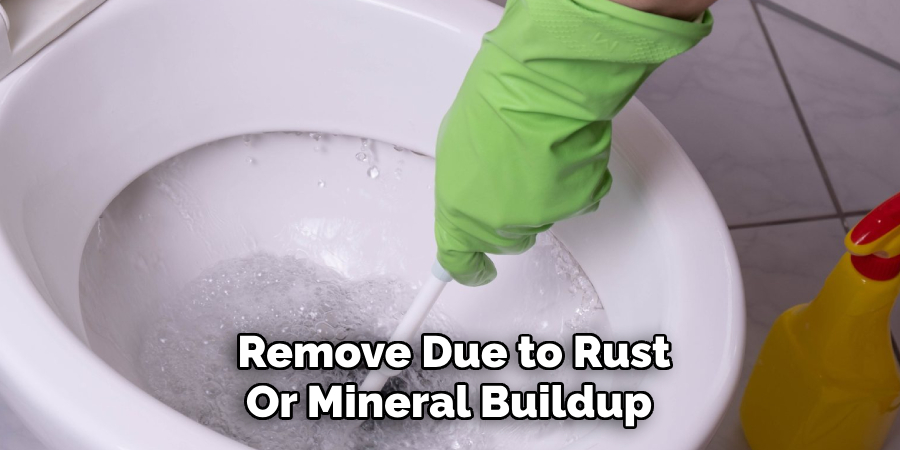
loosen the hardware. For severe cases, consider using a bolt extractor to remove damaged or corroded bolts.
Water Leakage
Even after turning off the water supply, residual water may drip from the connections. Place a bucket or towels under the water supply line to catch any leaks. Double-check that all valves are tightly closed. If leakage persists, inspect for cracks in the water line or connectors and replace them if needed.
Damaged or Stripped Screws
Stripped or damaged screws can be tricky to remove. Use a rubber band between the screwdriver and the screw head to improve grip. Alternatively, employ a screw extractor tool. If the screw cannot be removed, carefully drill it out and replace it with a new one during reinstallation.
Difficulty Disconnecting Water Hoses
Mineral deposits or corrosion may cause water hoses to become stuck. Use a wrench to provide additional torque, but if the hose cannot be loosened, cut it as close as possible to the fitting using a utility knife or pipe cutter. Be sure to have a replacement hose ready for installation.
Conclusion
There are multiple ways to remove a bidet from a toilet, and the right method depends on the type of bidet and its installation. Whether you are dealing with a simple attachment, an electronic bidet, or a standalone unit, following the correct steps will ensure a smooth removal process. Thanks for reading, and we hope this has given you some inspiration on how to remove a bidet from toilet!

